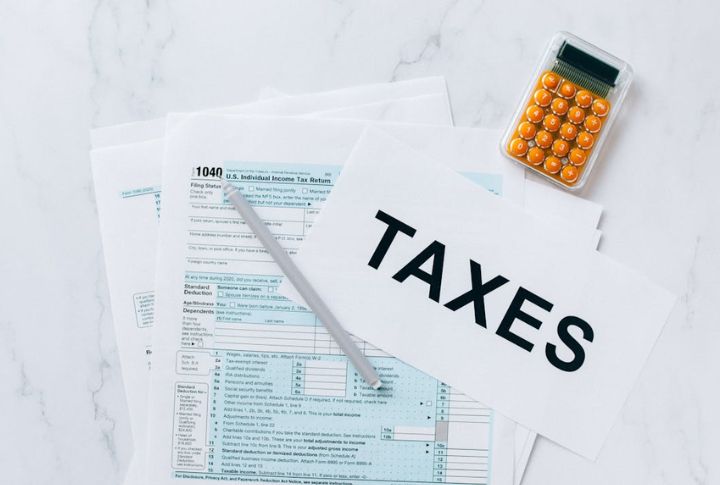
The rules around 401(k) withdrawals don’t always favor the saver. Yet, there are legal ways to keep more of what’s earned. Not every method applies to all, but knowing what’s out there can help with long-term planning. This listicle explores practical strategies that can help lower or waive taxes on 401(k) withdrawals.
Retire Early Without Paying Extra Taxes

Under the IRS Rule of 55, individuals who separate from their employer at age 55 or older (50 for public service roles) can take penalty-free withdrawals from that employer’s 401(k). This exception does not apply to IRAs or previous employer plans; hence, strategic account management is critical.
Roll Over To A Roth IRA

Converting a traditional 401(k) to a Roth IRA triggers an upfront tax event, but all future withdrawals are tax-free. Executing this move during lower-income years can reduce the immediate burden. Additionally, Roth IRAs offer flexibility by not requiring minimum distributions at any age.
Take A 401(k) Loan Instead Of A Withdrawal

A 401(k) loan could be a more practical option than taking a full withdrawal. It avoids penalties and taxes, and you repay the balance over time with interest. Since the interest goes back into your account, the funds remain part of your retirement savings throughout the process.
Qualified Medical Expenses Can Be Tax-Free

Under IRS hardship withdrawal guidelines, 401(k) distributions allocated to qualified medical expenses exceeding 7.5% of an individual’s adjusted gross income are not subject to tax. Acceptable expenses may extend to structural home modifications required for medical accommodation.
Use The SEPP (Substantially Equal Periodic Payments) Rule

If you need early access to your 401(k), use the SEPP rule. Commit to fixed payments for five years or until 59.5 years to avoid penalties. The IRS bases the amounts on your life expectancy and lets you choose from three calculation methods to fit your plan.
Disability Exemption

Life can throw major curveballs, but this IRS exemption offers some relief. If you’re permanently disabled, early 401(k) withdrawals won’t trigger penalties. Provide the right documents, and you may even qualify for more tax breaks tied to related expenses.
Take Advantage Of Hardship Withdrawals

Hardship withdrawals allow access to your 401(k) funds without the usual early withdrawal penalty. These are typically permitted for specific situations like medical expenses, education costs, or buying a first home. In some cases, employers allow the request without asking for detailed proof of financial hardship.
Donate Your 401(k) Withdrawals To Charity

Want to do some good and save on taxes? Transfer your funds to an IRA and then make a Qualified Charitable Distribution (QCD). It’s a good strategy that many retirees use. However, this move is available for individuals who are 70.5 years or older.
Leave 401(k) Funds For RMDs

Starting at the age of 73, Required Minimum Distributions (RMDs) are taxable. While required, they don’t have to be costly. A Roth IRA rollover prior to the RMD age can prevent mandatory withdrawals. Additionally, making a qualified charitable distribution can help reduce the taxes owed on RMDs.
Move To A Tax-Friendly State Before Withdrawing

Where you live in retirement can impact how much tax you owe. Moving to tax-free states like Florida, Texas, Nevada, or Washington can let you enjoy your 401(k) without giving a chunk to the state. This consideration is particularly relevant for retirees evaluating long-term financial preservation strategies.
